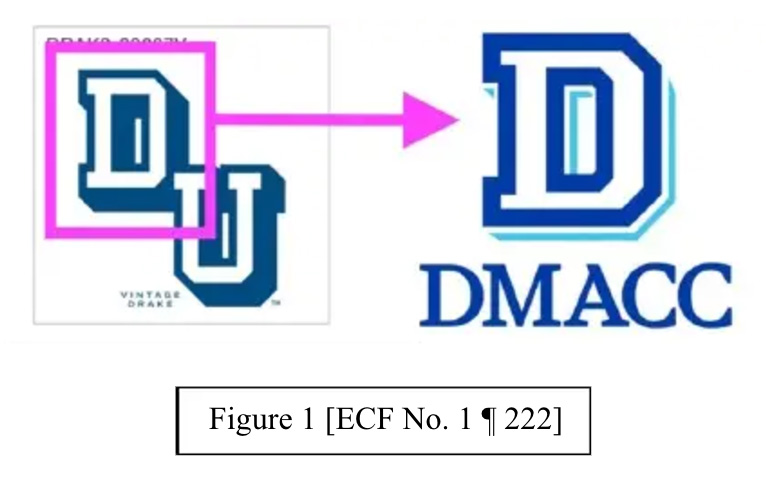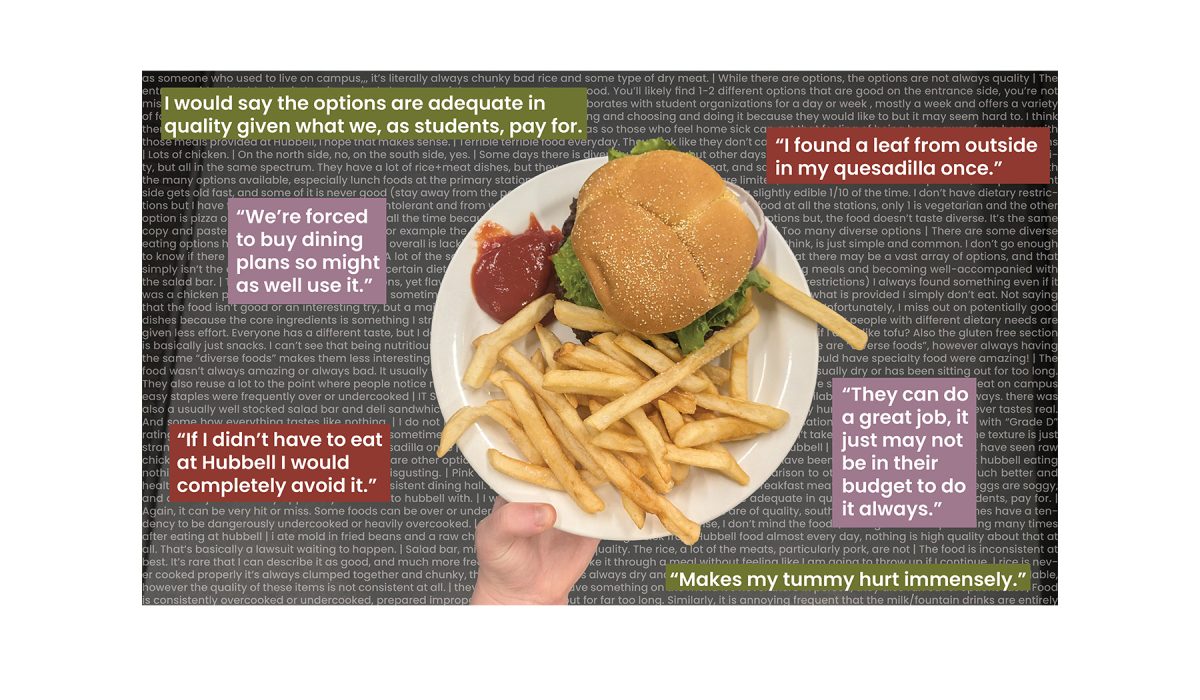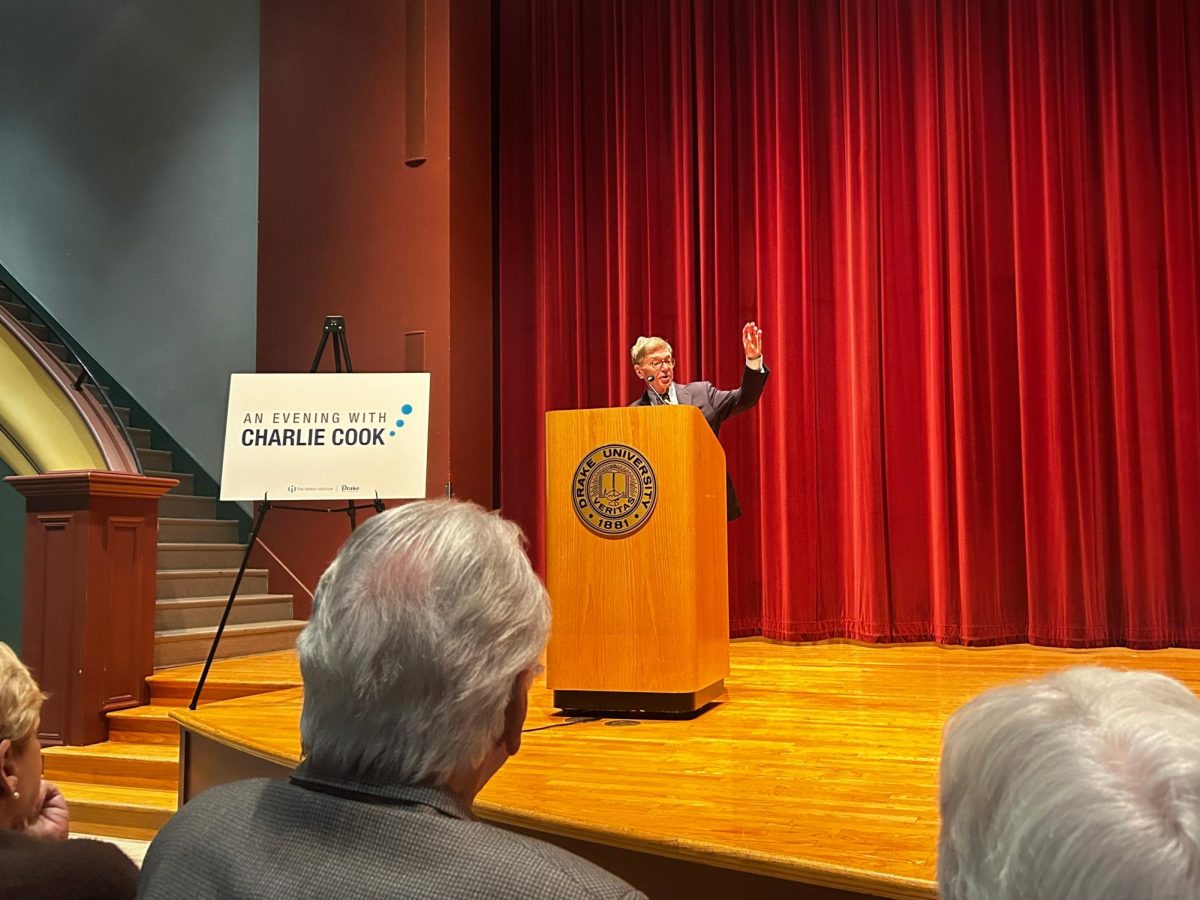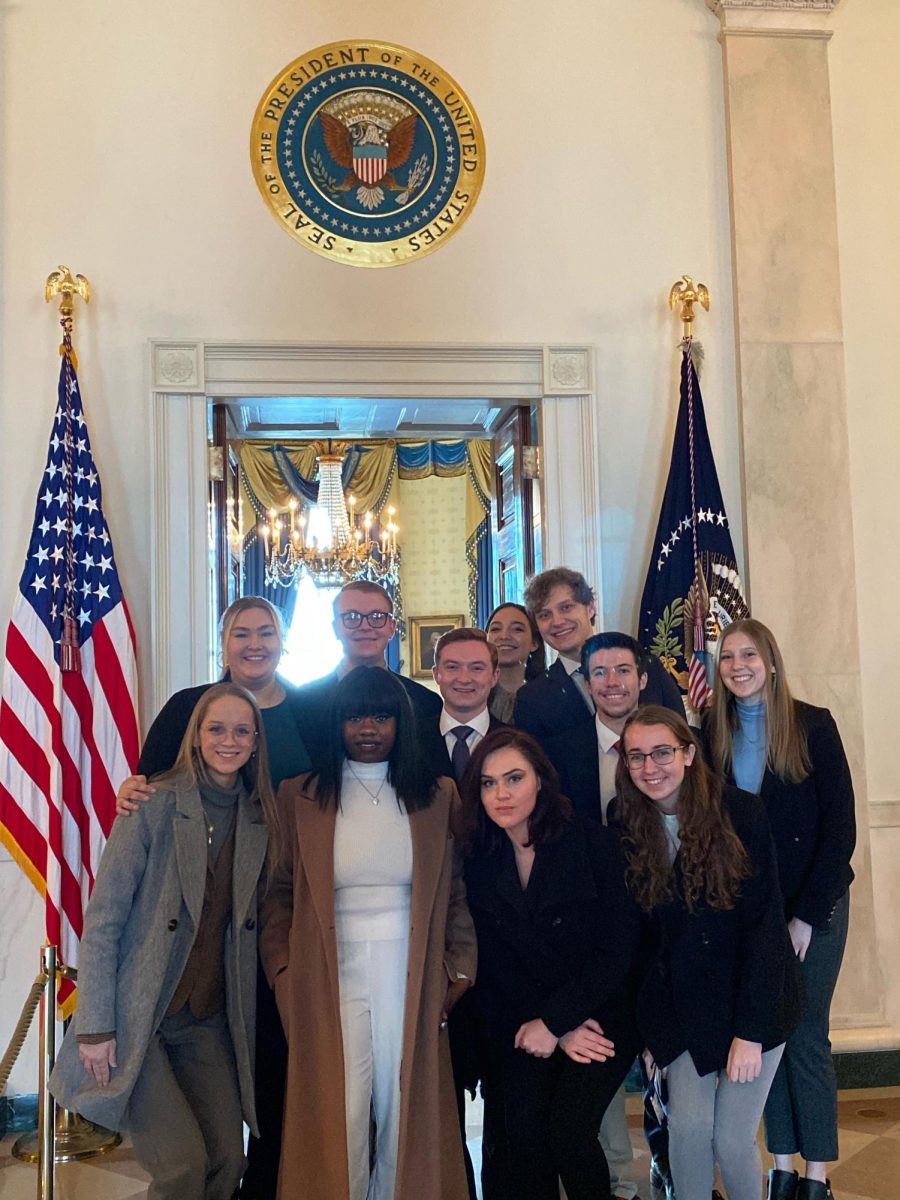Unruh is a junior radio and sociology double major and can be contacted at [email protected].
St. Louis Cardinals baseball great Stan Musial once said, “The first principle of contract negotiations is don’t remind them of what you did in the past – tell them what you’re going to do in the future.”
This quote came from a man who played for the Cardinals for 22 years, was a two-time World Series champion, was a first-ballot Hall of Famer and was the poster-boy for the Cards franchise for years. Today, money and the pursuit of championships govern the team affiliations of athletes. Fans and journalists create and give life to feelings of “player-to-team allegiances,” and these feelings can be immediately replaced with hatred and remorse as one’s team is whisked away by free agency, or one’s favorite player takes his talents to “championshipville.” Is there any loyalty to your hometown team? Is any star player safe in a city? Can we prevent them being ripped from our cold dead fans’ fingers?
The first issue to tackle is the legacy of the “all-time great.” Early in prospective pro sports, even up until the ‘80s and ‘90s, sticking with your team was just the end-all-be-all. You had no reason to move across the country to play with other people you either A) didn’t know or B) maybe didn’t like. People were the faces of their team. Bill Russell WAS the Celtics; Babe Ruth, Mickey Mantle and Lou Gehrig WERE the Yankees; Bart Starr and Paul Hornung WERE the Packers, just to name a few. They stayed and played for the hometown team, putting their city on their back in search of a championship. The players were rooted in their communities and were not able to just up and go. But why are they going now?
There are many reasons, but let’s focus on the most prominent ones: money, championships and overall break down of the ultimate reasons of lack of loyalty.
Lebron James, in search of the perfect championship team, left the city of Cleveland at the altar, spitting in their faces with an ESPN special that culminated with him over-publicizing his departure. He was in pursuit of a championship. But for what cost? His home state’s love and becoming the most hated athlete of the next however many years? He was touted as the next MJ and felt the need his legacy was much more important than his town. In this hyper-sensitized nation of fans, we cannot get too caught up in talks of loyalty and expect that loyalty from the “old days.” Lebron wanted a championship to cement his legacy. He came in so highly touted that without a championship or multiple championships, he won’t have it, but in turn further crumbled a maddeningly pitiful sports city in general. But now we come full circle to St. Louis, and the curious case of Albert Pujols.
For a man that played for 10 years in a Cardinals uniform, won two World Series titles and, as Stan the Man once did, was the face of the entire organization, Pujols did what Stan couldn’t even think of doing — what ranked as the crossing into Mordor of baseball moves. Albert left for Los Angeles for 10 years and $240 million dollars, for the comfort of being a designated hitter and for the big Hollywood lights of California. He meant everything to St. Louis. He was the hero of the Gateway to the West, whereas in L.A. he’s just another star among star attractions. But athletes are a different breed nowadays; they are strictly a commodity in a business for the money making of a city, an owner and of the rest of the players. He wanted a 10-year deal, and the Cardinals weren’t able to give him that. So, he bolted like Luke Skywalker getting out of there after blowing up the Death Star.
So what does this tell us? Is loyalty completely gone? Can we expect our athletes to stay playing until their retirement in the same place? We may never know, but one thing is for sure — it isn’t a sure-fire thing anymore. All you can do is hope and pray that your favorite player will retire with your team colors on because your opinion is thrown to the wind. Players like Stan “The Man” Musial just don’t come around anymore.






